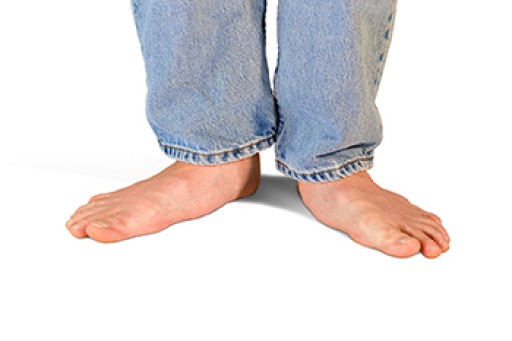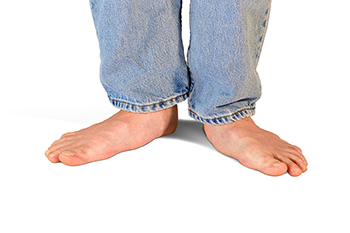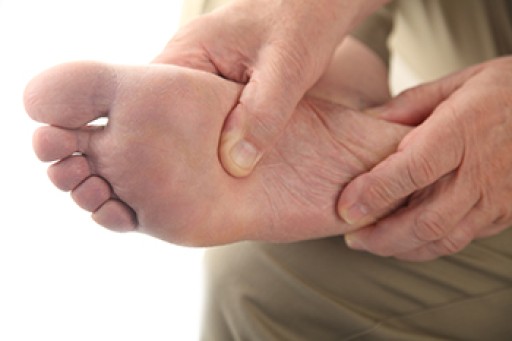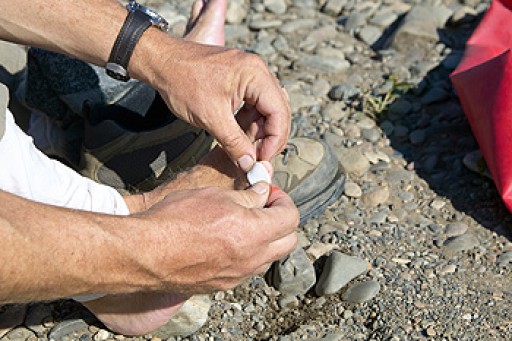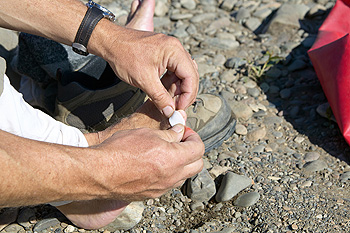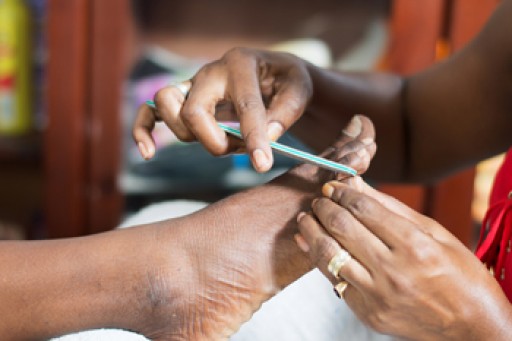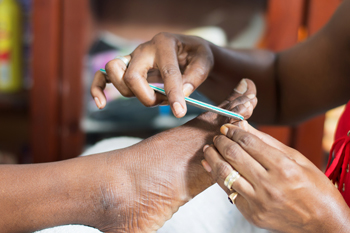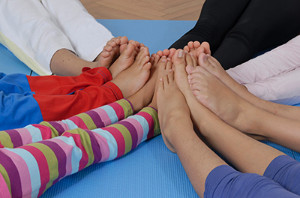
Helping your child maintain healthy feet is a critical step in enabling the child to grow into a strong and vibrant adult. One foot condition that can potentially compromise this goal is known as sweaty sock syndrome. This foot condition primarily affects children, particularly boys between the ages of 4 and 8. Sweaty sock syndrome can make an individual exhibit a red, scaly rash on the bottoms, or soles, of the feet. Specifically, the heel and big toe are areas of the sole that can be affected. Interestingly, some children with this condition may say that they feel as though their feet are sweating. However, the rash tends to feel dry. In some cases, the affected area may develop cracks, or fissures, in the skin. If you believe that your child may have this condition, it is best to contact a podiatrist to examine your child’s feet, particularly if they have fissures. Schedule an appointment with a podiatrist today.
Making sure that your children maintain good foot health is very important as they grow. If you have any questions, contact one of our podiatrists of Carolina Foot & Ankle Specialists. Our doctors can provide the care you need to keep you pain-free and on your feet.
Keeping Children's Feet Healthy
Having healthy feet during childhood can help prevent medical problems later in life, namely in the back and legs. As children grow, their feet require different types of care. Here are some things to consider...
Although babies do not walk yet, it is still very important to take care of their feet.
Avoid putting tight shoes or socks on his or her feet.
Allow the baby to stretch and kick his or her feet to feel comfortable.
As a toddler, kids are now on the move and begin to develop differently. At this age, toddlers are getting a feel for walking, so don’t be alarmed if your toddler is unsteady or ‘walks funny’.
As your child gets older, it is important to teach them how to take care of their feet.
Show them proper hygiene to prevent infections such as fungus.
Be watchful for any pain or injury.
Have all injuries checked by a doctor as soon as possible.
Comfortable, protective shoes should always be worn, especially at play.
If you have any questions please feel free to contact our offices located in Mount Pleasant and Charleston, SC . We offer the newest diagnostic and treatment technologies for all your foot and ankle needs.

